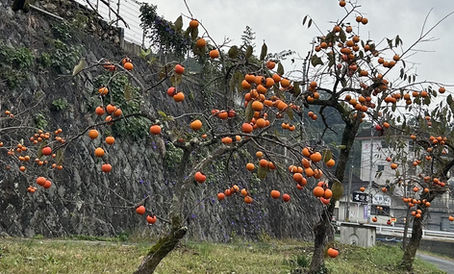Yokohama Port is one of the five ports being opened in the mid-19th century based on the treaty with the great powers of the West.
- Masahisa Takaki

- Jun 1, 2024
- 1 min read
Updated: Oct 13, 2024
Japan had adopted a national seclusion policy for longer than 200 years in the Edo period. From the latter half of the 18th century, however, the ships from Europe and the US began to arrive frequently, and they demanded the opening of the country. The Shogunate had rejected their demand decisively, but in the mid-19th century, bowing to American gunboat diplomacy, the Shogunate concluded the treaties with the US, the UK, the Netherlands, France and Russia promising the opening of the country to them. Yokohama Port, opened in 1859, featured silk and tea as its chief exports at the beginning. Going with the development and expansion of the port facilities, thereafter, it has contributed greatly to Japan’s modernization together with Kobe Port. The photo shows the area where many tourist attractions of this great port city accumulate. The three-storied brick building in the lower part of the photo is “Akarenga Soko (red-brick warehouse)” built in 1911, which is now utilized for shops, restaurants, event halls and the like. The green zone in the center is Yamashita Park, which was built by reclaiming the sea with debris from the buildings destroyed by the Great Kanto Earthquake of 1923. The ship in the center is the Hikawa-Maru, a passenger ship that was operated regularly between Yokohama and Seattle before the Second World War and is now statically preserved here.







Comments